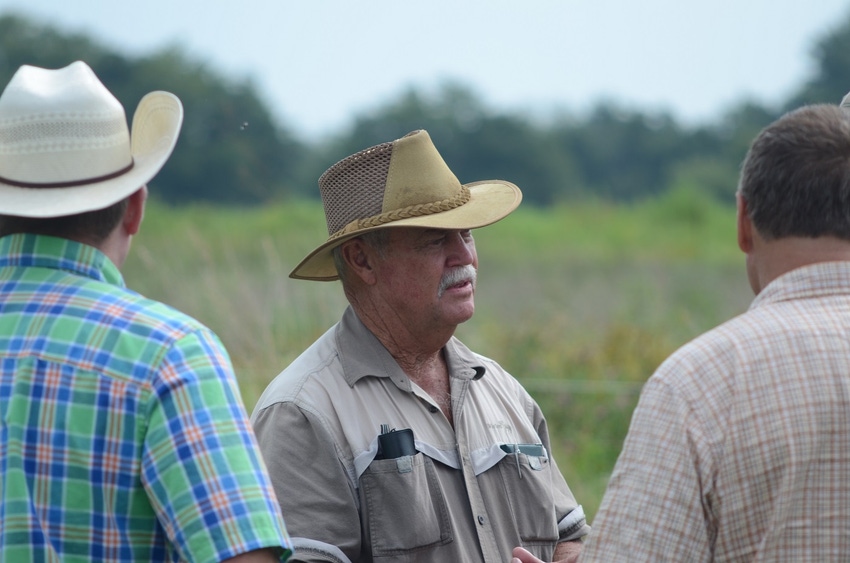
The beginning of the end for the way of life of fine watchmakers debuted in December 1969 when Seiko introduced the first quartz-movement wristwatch. But many of those watchmakers didn’t realize for years into the future their demise was sealed.
This year is the 25-year anniversary of Johann Zietsman’s success using and proving ultra-high stock density grazing to rapidly improve the land and quickly increase stocking rate, thereby dramatically increasing potential profitability. At that time, the keen Zimbabwean stockman was also seeing and understanding that for cattle to succeed in these conditions and be highly profitable and reproductive, they needed to be genetically changed, and dramatically away from the wild upsizing done over the previous 25 years or so.
Ultimately, like the watchmakers in the latter 21st century who didn’t recognize the future created by the quartz-movement watch, most cattle producers in this age still haven’t grasped the effects of technology Zietsman unleashed.
All across the world the few score of people Zietsman is working with and advising are tripling and quadrupling their stocking rates in rapid timeframes, and many believe they will yet achieve even higher stocking rates. They do not know yet how much more the land can improve and how many animals they can run, since these are uncharted waters. They use temporary electric fencing to obtain hundreds of paddocks per year, usually from one to 10 paddocks per day. Hence they are working with very high stock densities.
Of course, changing the animal type is the most difficult part of the Zietsman equation. Few animals even exist that have the high inherent intake, good body condition, heat resistance and hormonal balance to be efficient under such difficult conditions. This is why Zietsman advocates infusing some genetics from African cattle like the Mashona or Boran. Above all, however, he continuously stresses the foundation is individual animals that can perform under high-stock-density grazing. He says the very best animals must be selected based on all those factors discussed above.
Further, Zietman pioneered a method to select the best animals. In the simplest terms, this is done initially by picking the fastest-growing bulls within expected mature frame score and within a contemporary group. This usually produces bulls with what he calls the “fullest package” and the most masculinity. Cows should be selected for reproductivity by producing calves and two and three years of age and annually thereafter. Further, cows are also selected by which ones attain the shortest inter-calving period, hence which come into heat most quickly after calving. It is a fairly simple system, relying heavily on a stockman’s wisdom, but to really understand it one must read Zietsman’s book, Man, Cattle and Veld.
To achieve maximum sustainable profit per acre, all this must be done with minimum purchased feed and high reliance on standing forage, grazed at high stock density.
The genius of all this was Zietsman took the bits and pieces of all this information and the questions many people had and put together the answers they needed.
It may sound unattainable, but it is slowly coming to fruition on ranches scattered across the globe. The end result will be low cost coupled to high output, a type of cattle that can lay on fat and winter well, and less reliance on all manner of purchased inputs. Those things combined create the greatest potential for profit.
About the Author(s)
You May Also Like




